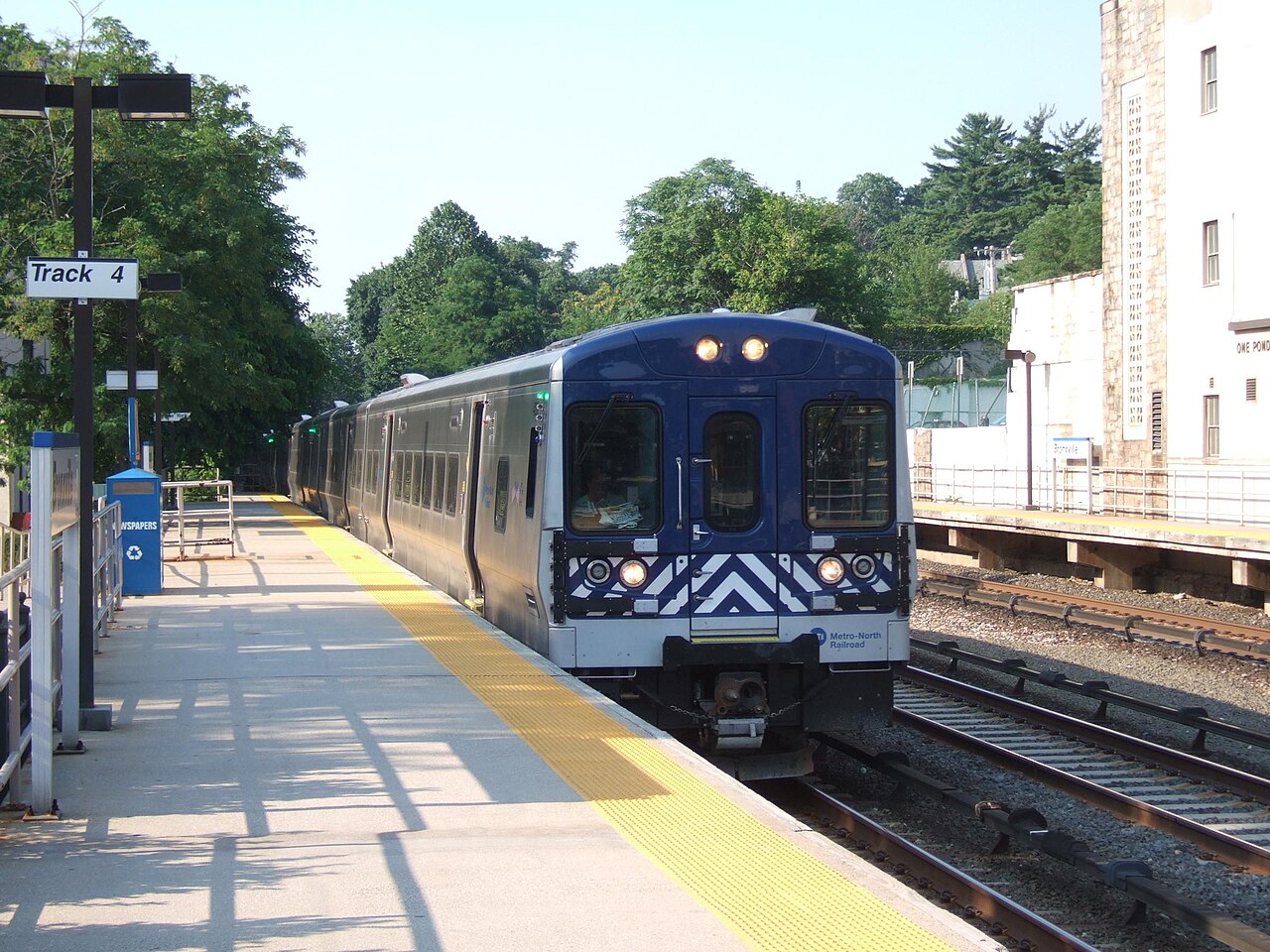25 kV AC overhead is the electrification scheme for all new-construction RR electrification in North America, and what already exists on the Providence Line and at South Station. Why would we ever do something at a different voltage and current collection like LIRR's kooky 750V DC third rail??? Expanding off what's already there is the best value proposition for the T hands-down for both lineside infrastructure and vehicle purchase.
Finally. This is what I was looking for. Now I can look in the right direction. So which rolling stock fits the requirement here with our platforms and overhead lines, something like the NJT arrow 3? Is that this lines future?
Edit: Aaand nevermind. Looking back to Odurandias article it said:
“One of the reasons the MBTA’s plans to increase frequency are stuck is controversy over rolling stock. The state wants to buy diesel multiple units (DMUs), which accelerate faster than locomotive-pulled trains.
There are no plans to electrify the Fairmount Line, even though electric trains would be faster, DMUs have tended to come at a high price for American transit agencies, and one of the Greater Four Corners Coalition’s original complaints was diesel fumes from trains (which higher frequency would only make worse).”
“Gov. Deval Patrick’s administration ordered the new vehicles, but the purchase was scuttled by Gov. Charlie Baker’s administration, with officials saying that the investment is now on hold indefinitely.”
.. So the answer is to electrify the line, but the state wont. So instead the state was looking into DMU’s, but that was cancelled and now theyre not...
So essentially the plan for the forseeable future of the Fairmount line is to finish these new stops and try to run the commuter rail more frequently. Thats it.
Alright then.
Edit edit: Apparently they are currently right now in the process of studying what to do with the line and a decision on what to do will come of this in the not too distant future:
“An 18-month state-funded Commuter Rail Vision study launched last year is underway and considering many of the suggested options to improve the rail network — like full or partial system electrification; a change in vehicle technology to EMUs or other lower emitting and more flexible rolling stock; double or triple tracking, including any associated right of way acquisition; and new facilities and infill stations — as well as an assessment of modern rail networks in comparable urban areas.”
https://www.dotnews.com/2018/report-more-frequent-trips-needed-fairmount-line
So I guess right now the answer is just wait until the vision study is over and they come to a decision... Cool.



